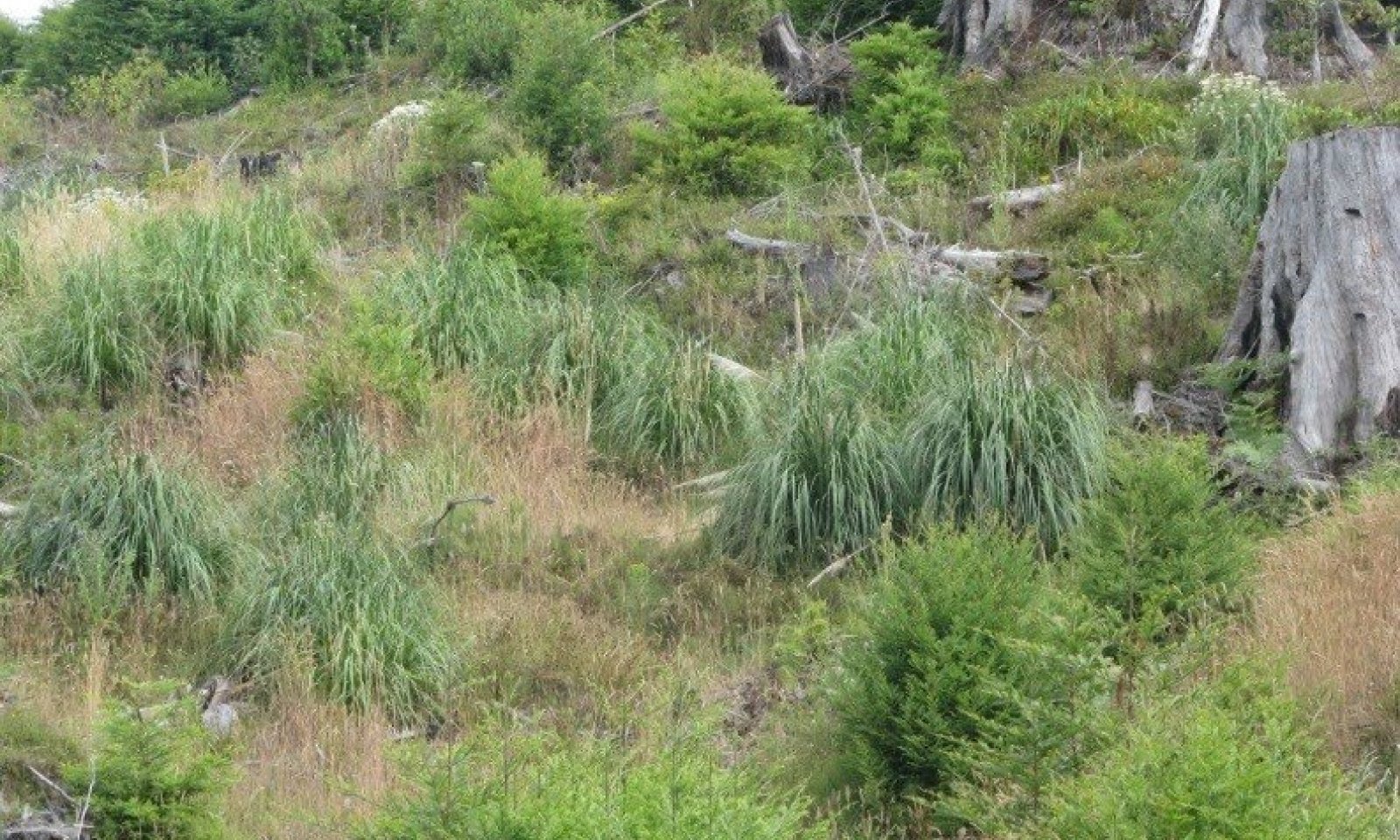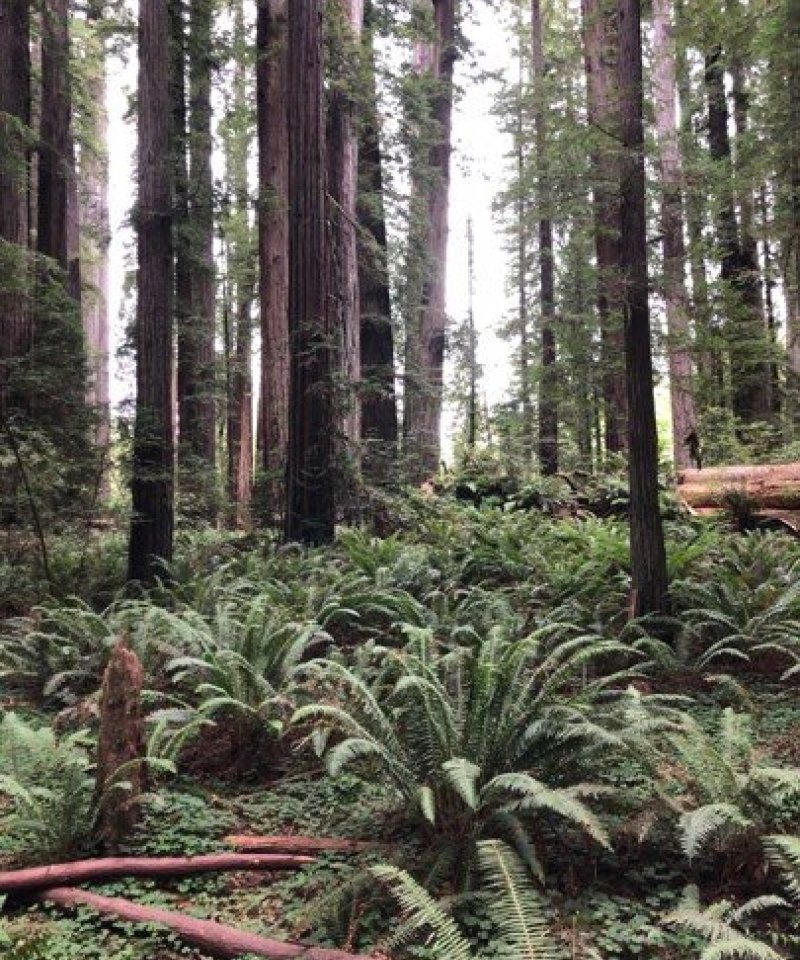
Fog-influenced, Cool, Wet, Low Elevation Mountain Slopes and Terraces
Scenario model
Current ecosystem state
Select a state
Management practices/drivers
Select a transition or restoration pathway
- Transition T1 More details
- Restoration pathway R1 More details
-
No transition or restoration pathway between the selected states has been described
Target ecosystem state
Select a state
Description
The dynamics described below are general to the level that the site concept has been developed for provisional ecological site concept identification and further investigation purposes only. It is meant to give a general overview of the ecological dynamics of the system and should not be viewed as a model for a specific ecological site level management. It is supported by the current available literature that was reviewed for a general understanding of the system and basic understanding of the abiotic and biotic drivers. Further investigations and soil-site data collection and analysis should be conducted before specific land management can be applied at the ecological site specific scale. This STM only serves to explain the general ecology and dynamics. No alternative states were found during the literature review, however that does not mean they do not exist and more time should be spent determining whether or not this model captures all the dynamics of this system, especially once more is known about the soil-site characteristics of this LRU and ecological site concept.
Reference State (State 1) – At this very general scale, this reference state only really captures the generalities related to the functional groups that are most dominant and does not capture the more specific dynamics and patterns that would be found at the more detailed and refined ecological site scale that focuses on specific abiotic factors that drive some of these various complex plant expressions. More data and refinement is needed to capture the information needed in order to make specific land management decisions at the ecological site-component scale.
Submodel
Description
This state represents the coast redwood stands that have been invaded by jubatagrass, a native grass to Argentina that aggressively dominates and crowds out conifer and red alder seedlings, significantly slowing the recovery after disturbance.
More information about this state is needed to flesh out the various impacts and dynamics, however current literature describes the impacts by this invasive species as primarily altering the recovery time/re-establishment of the coast redwoods after disturbance by suppressing seedling establishment. It also creates a fire hazard with excessive buildup of dry leaves, leaf bases, and flowering stalks. Because it is such a large plant, it can make fire management activities more difficult by blocking vehicle and human access. The leaves are toothed along the edge like a saw and can cause injury to humans. Exercise caution with when removing larger plants. Seedlings can be easily removed with hand pulling.
Submodel
Mechanism
This transition is caused by a significant disturbance like fire or large-scale timber harvest practice and the introduction of invasive species, primarily Cortaderia jubata (Jubatagrass) that force this ecological site over a threshold and change the function and structure of this site in extensive ways. If given enough time (500-800 years) the redwoods and hemlocks may eventually shade out and kill the Jubatagrass from this ecological site, however since this will not happen within the lifetime of most humans and current management a State 2 was recognized to discuss the significant impacts that this invasive species has on the ecological site function and disturbance dynamics.
Model keys
Briefcase
Add ecological site groups and Major Land Resource Areas to your briefcase by clicking on the briefcase (![]() ) icon wherever it occurs. Drag and drop items to reorder. Cookies are used to store briefcase items between browsing sessions. Because of this, the number of items that can be added to your briefcase is limited, and briefcase items added on one device and browser cannot be accessed from another device or browser. Users who do not wish to place cookies on their devices should not use the briefcase tool. Briefcase cookies serve no other purpose than described here and are deleted whenever browsing history is cleared.
) icon wherever it occurs. Drag and drop items to reorder. Cookies are used to store briefcase items between browsing sessions. Because of this, the number of items that can be added to your briefcase is limited, and briefcase items added on one device and browser cannot be accessed from another device or browser. Users who do not wish to place cookies on their devices should not use the briefcase tool. Briefcase cookies serve no other purpose than described here and are deleted whenever browsing history is cleared.
Ecological site groups
Major Land Resource Areas
The Ecosystem Dynamics Interpretive Tool is an information system framework developed by the USDA-ARS Jornada Experimental Range, USDA Natural Resources Conservation Service, and New Mexico State University.


